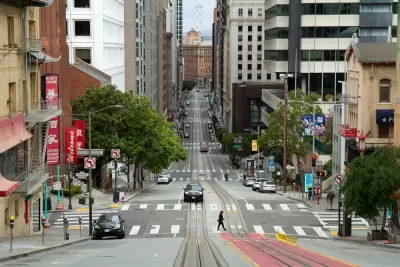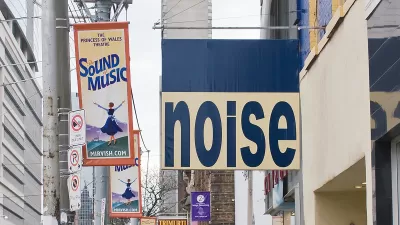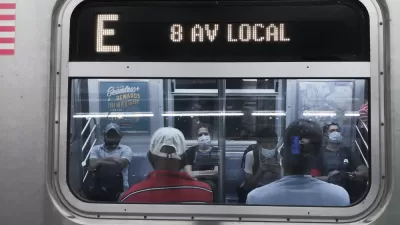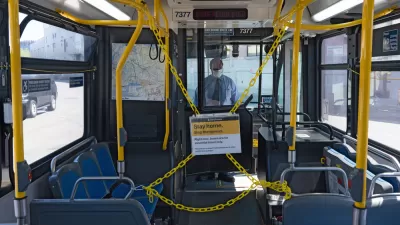The usual sounds of the city have subsided, replaced by birds and quiet that at times can be eery and unsettling.

Quoctrung Bui and Emily Badger share details of research that reveals the details of one of the most obvious and thorough changes in cities during the coronavirus pandemic: the eerie quiet of days and nights, punctured occasionally by sirens and birdsong.
"The city no longer sounds the same," according to the article, and researchers are documenting just how complete the change has been. The article focuses on recordings made by researchers at an N.Y.U. project called SONYC, who have recorded audio clips from 16 microphones monitoring patterns in noise pollution in the city for more than three years.
"The microphones are mostly in Manhattan, with others in Downtown Brooklyn and Corona in Queens, but the yearslong audio archive gives a clear sense of a citywide rhythm over time — in normal times," according to the article.
A key finding of the recordings produced during the pandemic: "Twenty-nine of the city’s 30 quietest days during the last three years have been during the pandemic, the recordings suggest. The exception was Christmas Day in 2018."
Similar results have been found with experiments in other cities around the world. The Senseable City Lab at M.I.T., for example, has recorded walks through city parks in Singapore, New York and San Francisco. "In Golden Gate Park in San Francisco, they’ve found, the ambient noise of the city — cars driving by, construction work — has declined, replaced by birdsong," according to Bui and Badger.
Another key point made in the article is that not everyone likes a quieter city. Some are even nostalgic for sounds that used to be annoying.
FULL STORY: The Coronavirus Quieted City Noise. Listen to What’s Left.

Alabama: Trump Terminates Settlements for Black Communities Harmed By Raw Sewage
Trump deemed the landmark civil rights agreement “illegal DEI and environmental justice policy.”

Study: Maui’s Plan to Convert Vacation Rentals to Long-Term Housing Could Cause Nearly $1 Billion Economic Loss
The plan would reduce visitor accommodation by 25% resulting in 1,900 jobs lost.

Why Should We Subsidize Public Transportation?
Many public transit agencies face financial stress due to rising costs, declining fare revenue, and declining subsidies. Transit advocates must provide a strong business case for increasing public transit funding.

Paris Bike Boom Leads to Steep Drop in Air Pollution
The French city’s air quality has improved dramatically in the past 20 years, coinciding with a growth in cycling.

Why Housing Costs More to Build in California Than in Texas
Hard costs like labor and materials combined with ‘soft’ costs such as permitting make building in the San Francisco Bay Area almost three times as costly as in Texas cities.

San Diego County Sees a Rise in Urban Coyotes
San Diego County experiences a rise in urban coyotes, as sightings become prevalent throughout its urban neighbourhoods and surrounding areas.
Urban Design for Planners 1: Software Tools
This six-course series explores essential urban design concepts using open source software and equips planners with the tools they need to participate fully in the urban design process.
Planning for Universal Design
Learn the tools for implementing Universal Design in planning regulations.
Smith Gee Studio
Alamo Area Metropolitan Planning Organization
City of Santa Clarita
Institute for Housing and Urban Development Studies (IHS)
City of Grandview
Harvard GSD Executive Education
Toledo-Lucas County Plan Commissions
Salt Lake City
NYU Wagner Graduate School of Public Service





























